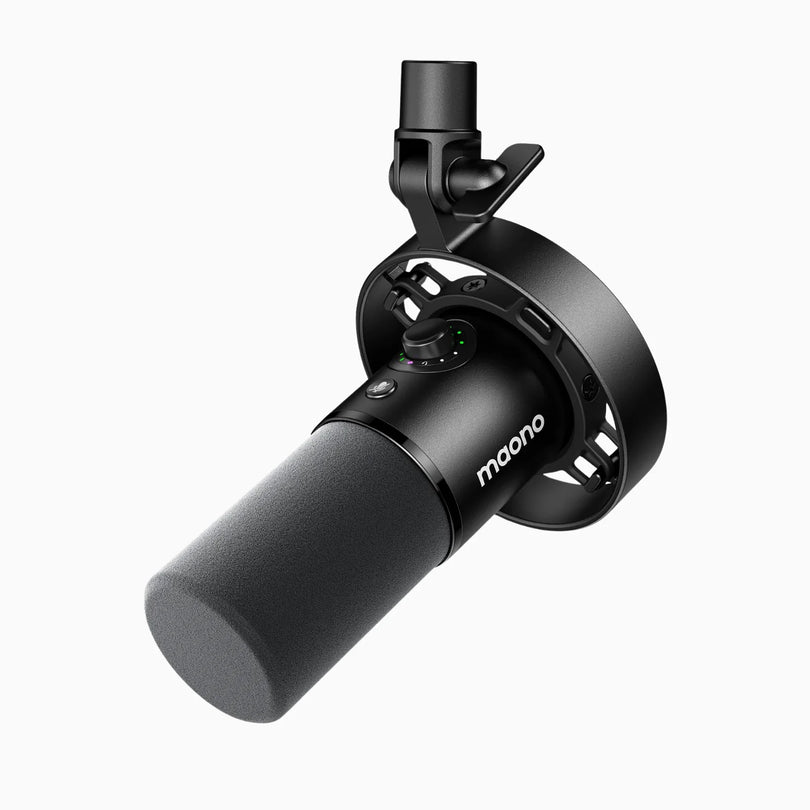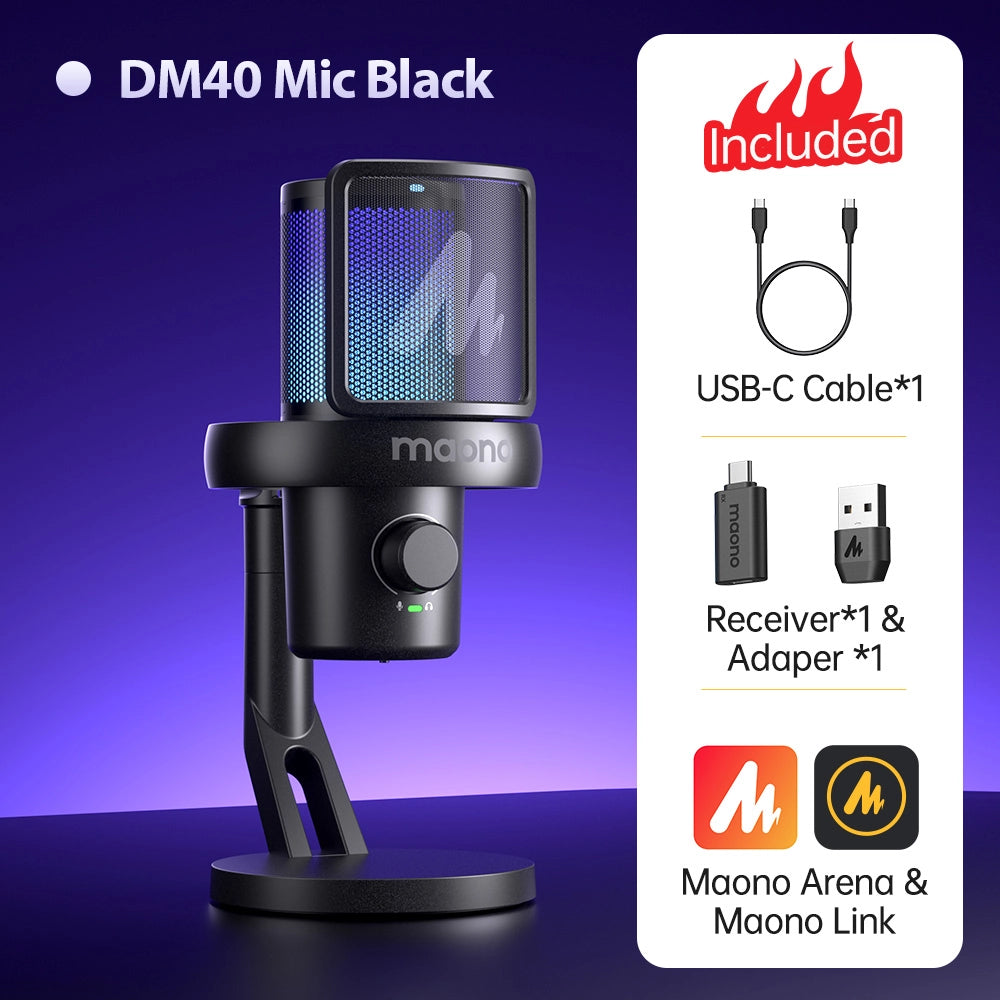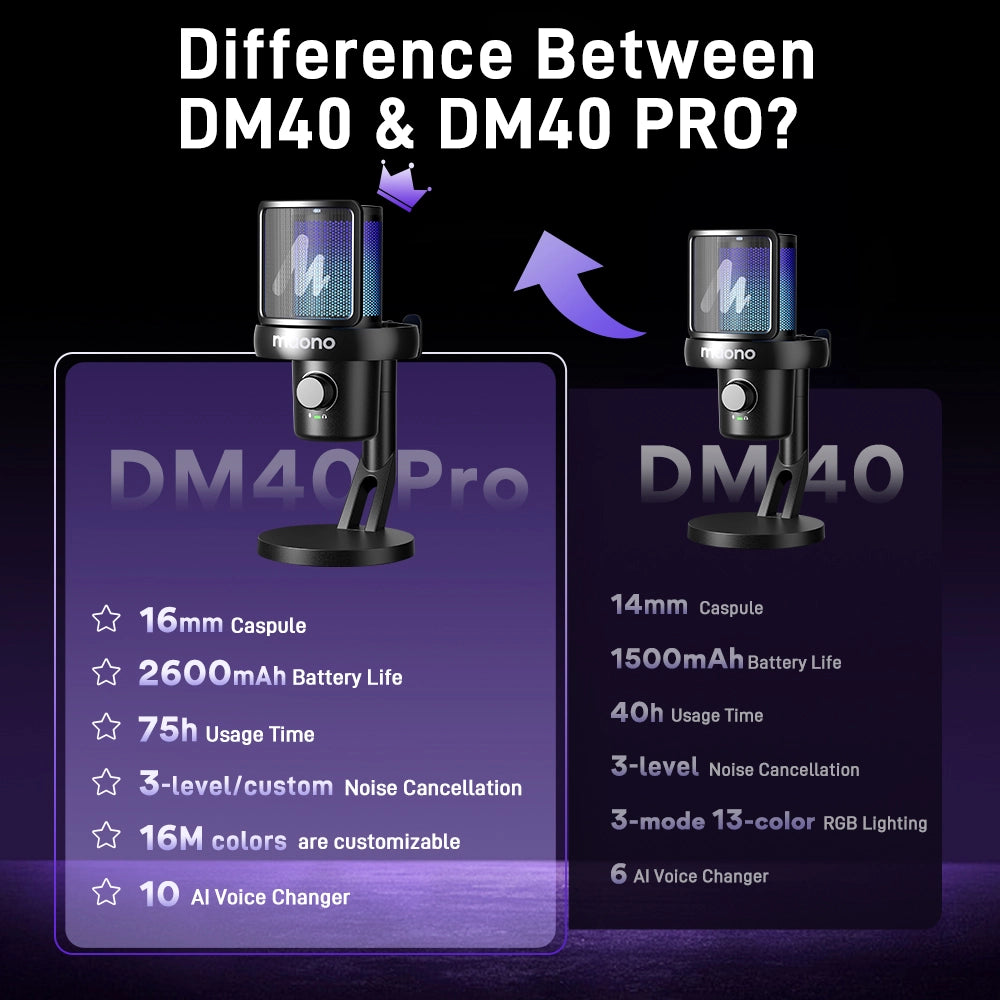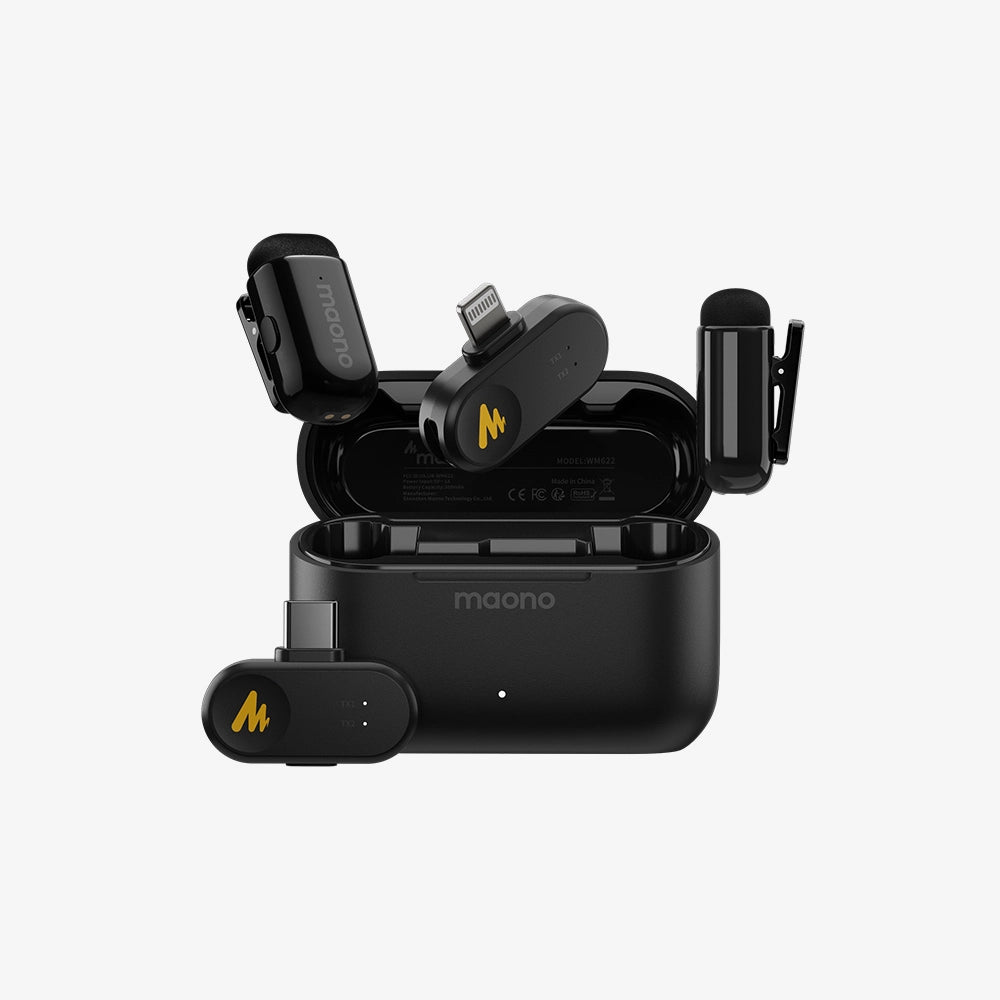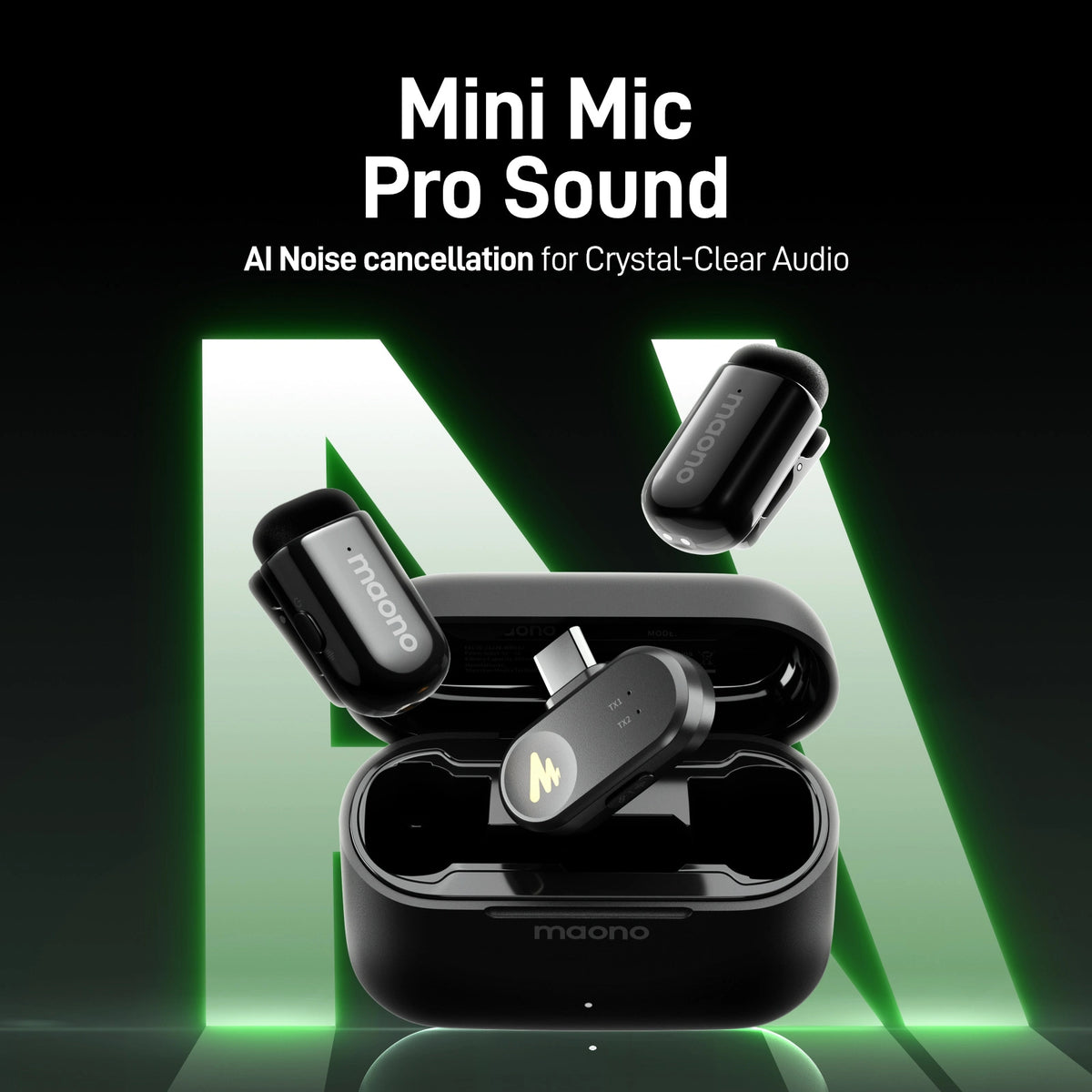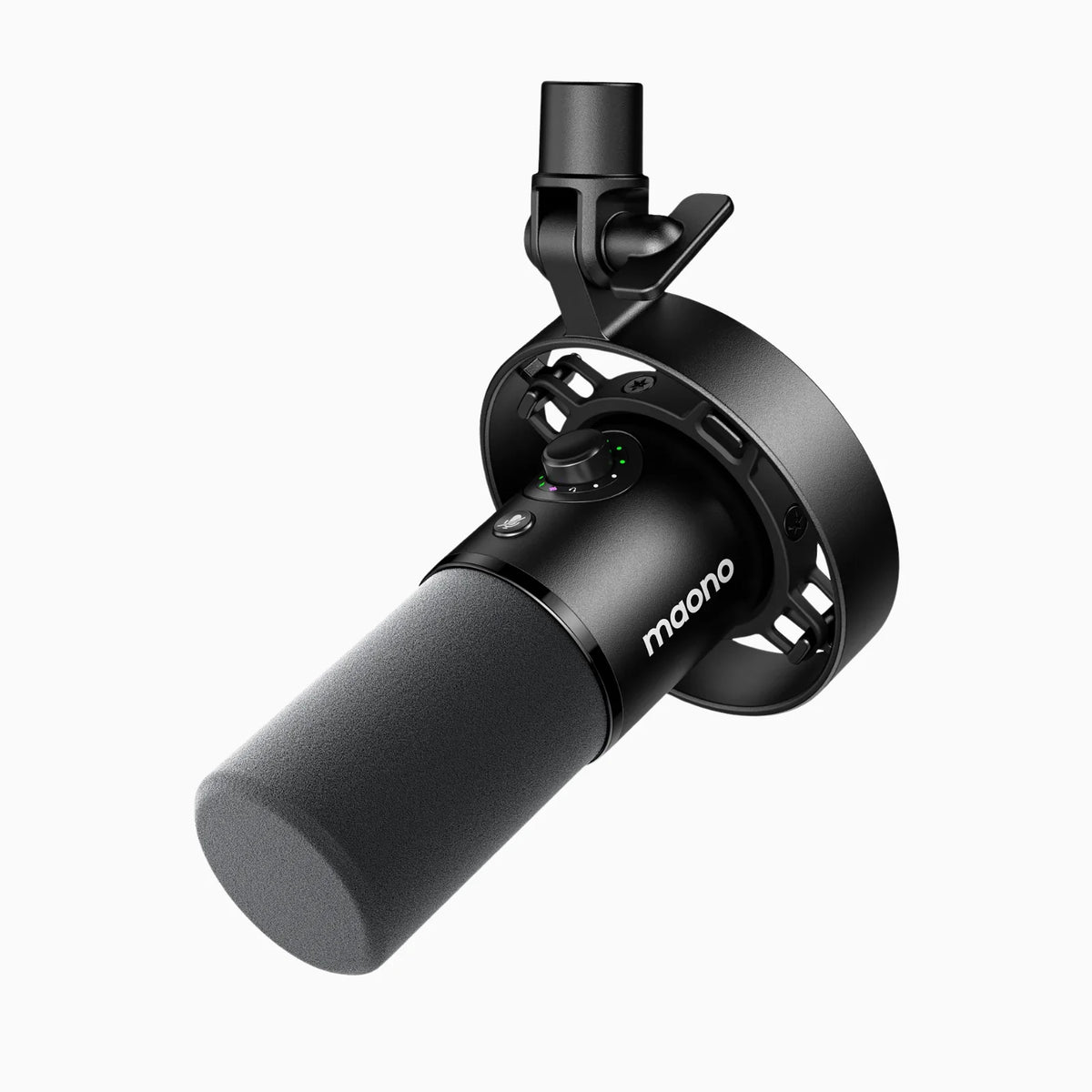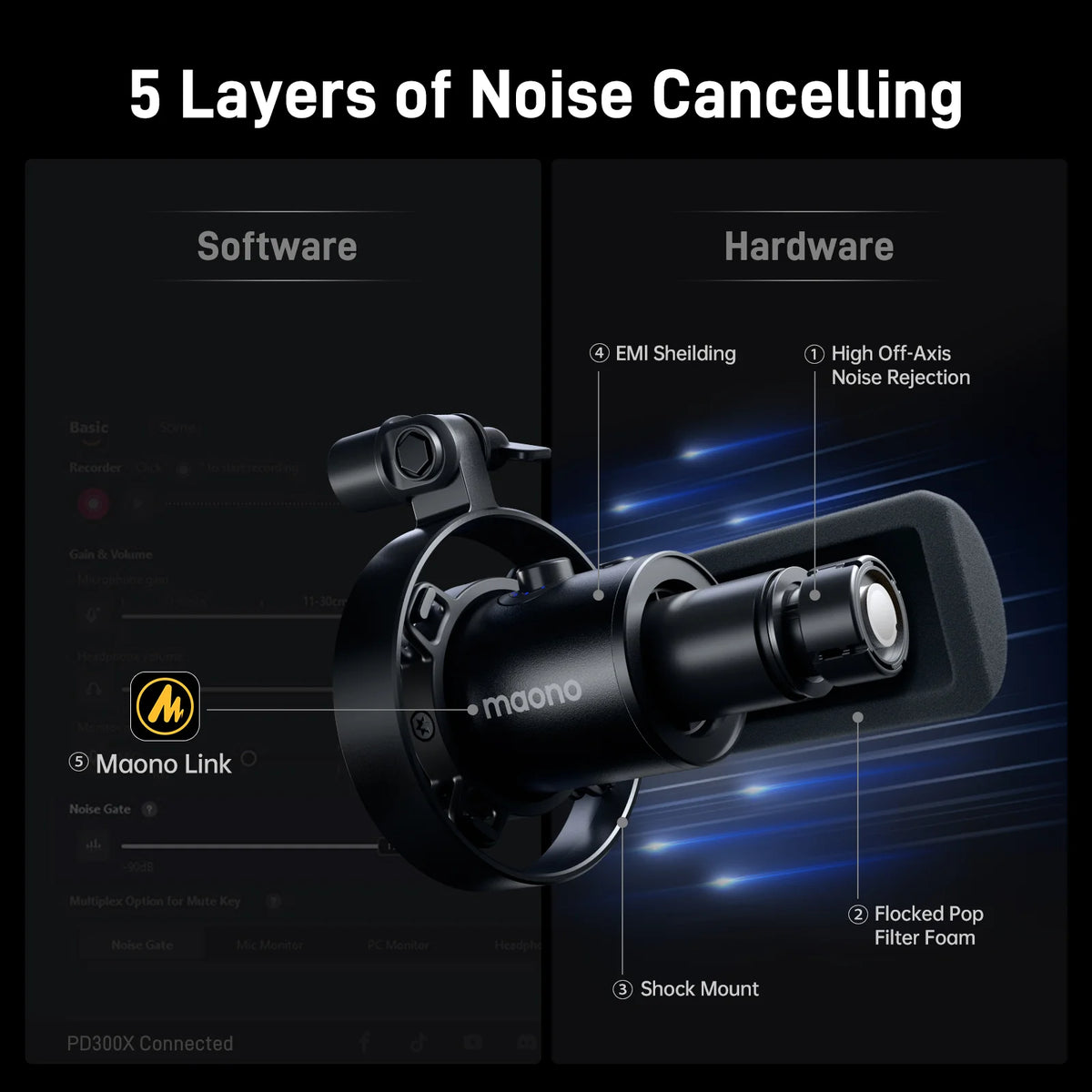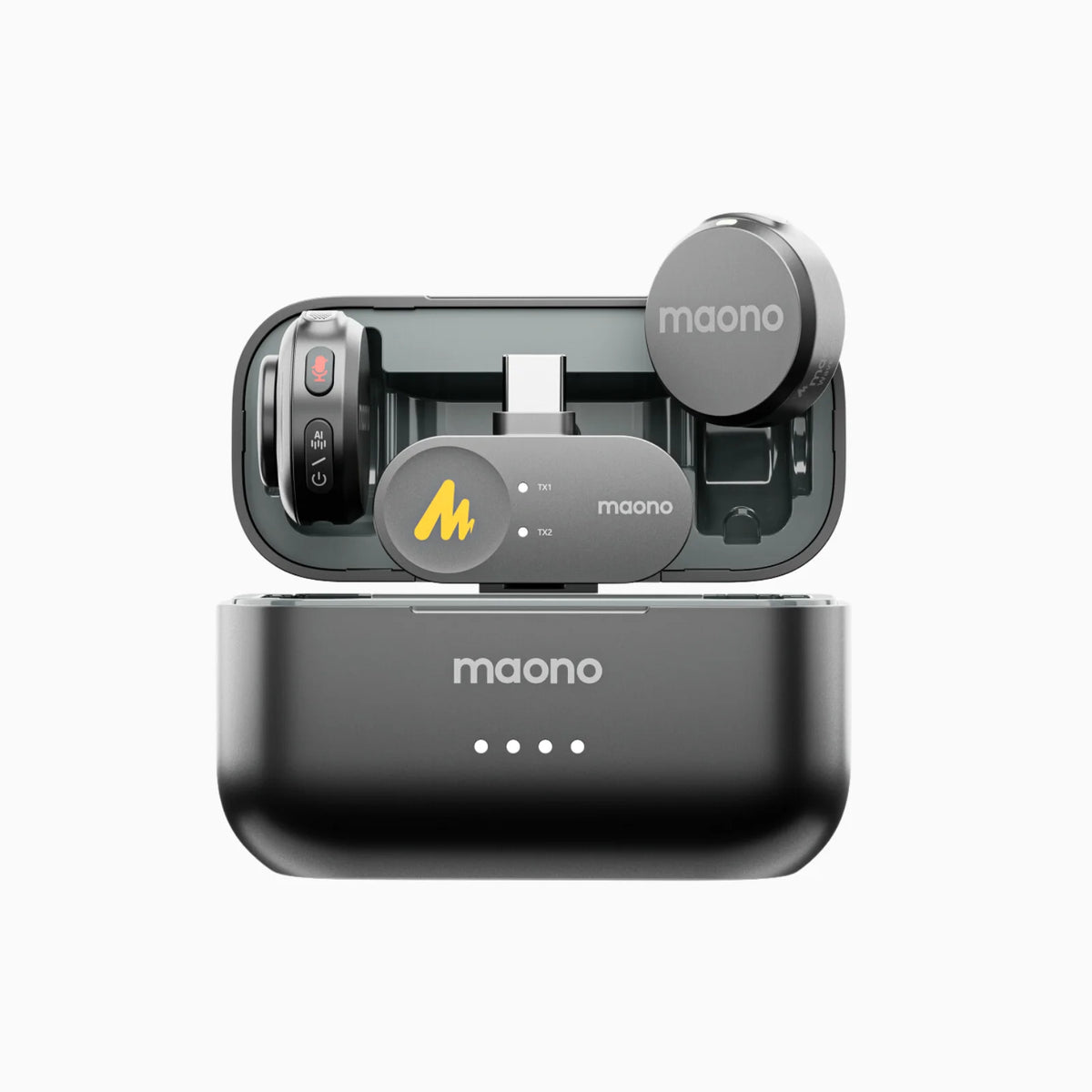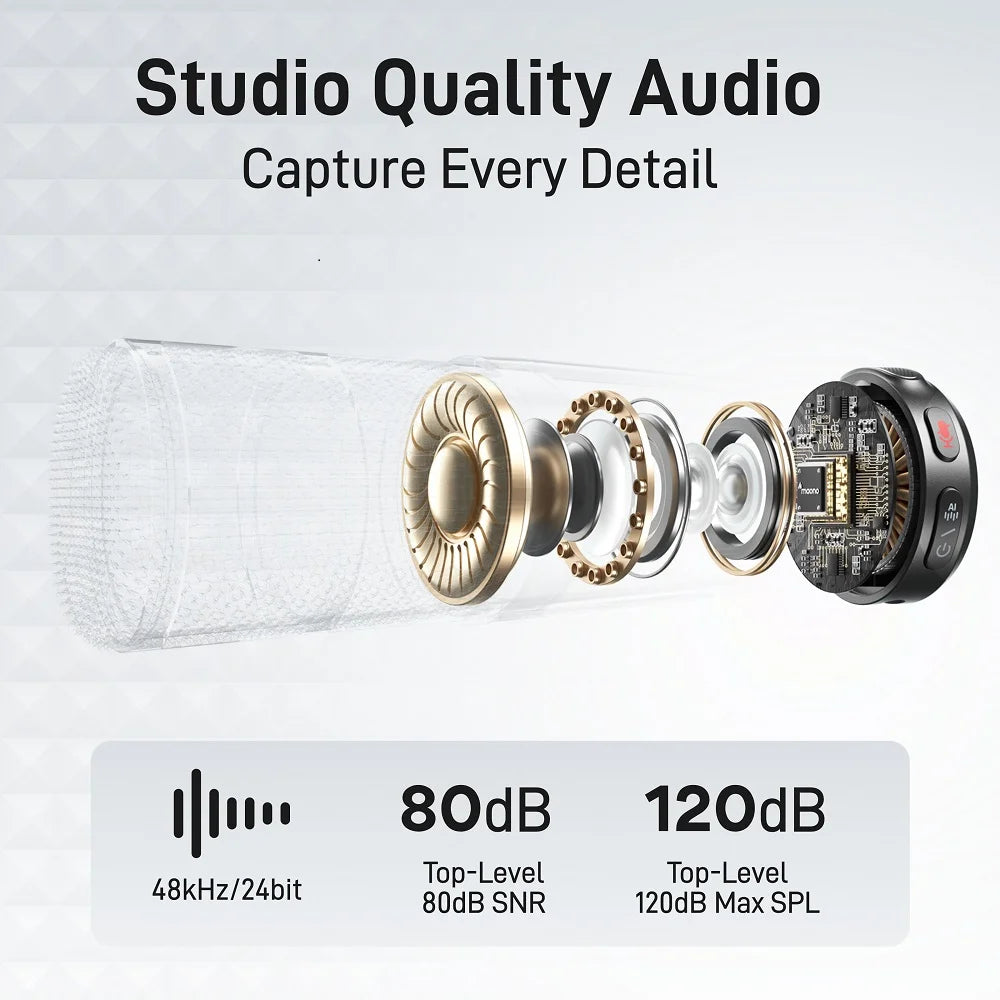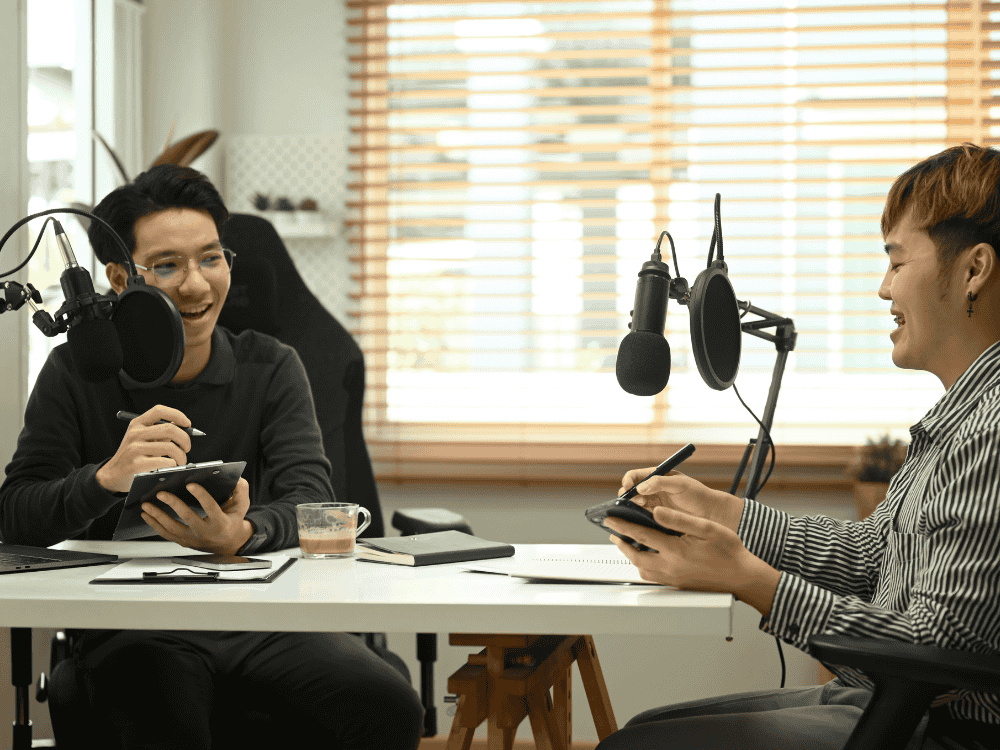There’s another type of microphone named after its connectivity: the USB-C microphone. As technology continues to evolve, the shift toward USB-C has revolutionized many aspects of our digital lives, including audio recording. USB-C microphones are becoming increasingly popular due to their versatility and superior connectivity. Whether you're a podcaster, a gamer, or a content creator, understanding the benefits of USB-C microphones can significantly enhance your audio experience.
A USB C microphone is a type of digital microphone that connects directly to devices via a USB-C port. This type of microphone leverages the USB-C standard's high-speed data transfer capabilities and reversible design, ensuring a reliable and convenient connection for modern devices. Unlike traditional analog microphones, USB-C microphones offer a straightforward plug-and-play experience, eliminating the need for additional adapters or interfaces. In this article, we will explore the purpose of USB-C microphones, particularly lavalier microphones, recommend top picks, and answer frequently asked questions to help you understand their specifications and determine if they are suitable for your recording needs.
Definition of a Lavalier Microphone or Lapel Mic
A lavalier microphone, also known as a lapel mic, is a small, clip-on microphone designed for hands-free operation. It is typically used in interviews, presentations, and live performances to provide clear audio while allowing the speaker to move freely. Lavalier microphones are discreet and often feature omnidirectional pickup patterns to capture sound from all directions, making them ideal for dynamic environments.
The Purpose of a USB-C Microphone
USB-C microphones serve multiple purposes, catering to a variety of audio recording needs. They are particularly valued for their ease of use and compatibility with modern devices, including smartphones, tablets, and laptops. Their digital connectivity ensures high-quality audio capture without the need for external preamps or audio interfaces. USB-C microphones are ideal for streaming, podcasting, recording YouTube videos, and conducting virtual meetings, offering superior sound quality and convenience.
4 Best USB-C Lavalier Microphones
-
Maono WM820 B2/C2 Dual-Person Compact Wireless System
- Pros: Affordable for its price point, compact design, its omnidirectional pattern make it ideal for live streaming or vlogging outdoors, podcasting, and even making presentations.
- Cons: Slightly higher cost but still, an affordable lapel mic for its price point and features.
- Price: Around $179.99
- Notable Features: Omnidirectional pickup pattern, long cable length, high sensitivity.
- Description: The Maono WM820 is a USB C lapel mic or Lavalier microphone that delivers clear audio for everyday use. Its omnidirectional pattern captures sound from all angles, making it suitable for a range of recording scenarios. It’s charged via USB-C and it has a battery life of up to 6 hours. WM820 has a built-in omni mics and external lavalier microphones or 2 lav mics, a stable transmission range, makes it perfect for outdoor activities
-
Rode SmartLav+ USB-C
- Pros: High audio quality, durable build, professional-grade sound. Connects easily to computers, smartphones, and tablets using the universal USB ports (USB-A or USB-C).
- Cons: Higher price point, requires an adapter for non-USB-C devices.
- Price: Around $79.00
- Notable Features: Broadcast-quality audio, Kevlar-reinforced cable, omnidirectional pickup.
- Description: The Rode SmartLav+ USB-C is renowned for its exceptional audio quality and rugged design. It's a top choice for professionals looking for reliable performance in various recording settings.
-
Boya BY-M1 Pro USB-C
- Pros: Budget-friendly, includes multiple accessories, good audio quality.
- Cons: Limited noise isolation, average build quality.
- Price: Around $35.00
- Notable Features: Lavalier clip, foam windscreen, long cable.
- Description: The Boya BY-M1 Pro USB-C is a versatile and affordable option for those seeking a reliable Lavalier microphone. It comes with a range of accessories and provides decent audio quality for its price. Its omnidirectional pattern makes it ideal for live streaming or vlogging outdoors, podcasting and even making presentations.
-
Maono WM620

- Pros: Excellent sound quality, sleek design, compact and durable, easy to use.
- Cons: may require additional accessories for certain devices.
- Price: Around $54.99
- Notable Features: Omnidirectional pattern, 6-hour battery life.
- Description: The Maono WM620 is designed for content creators on the go. It offers tap to mute button, one-touch reverb effects, and supports charging (yes, it has a Type C charging port!) even while you're recording. Plus, it offers 2-level noise cancellation, and wide compatibility with Android phones, action cameras, computers, and iPhone 15.
The Purpose of Lapel Mics or Lavalier Microphones
Lapel microphones, or lavalier mics, are designed to be clipped onto the user's clothing, making them ideal for situations where hands-free operation is essential. They are commonly used in interviews, presentations, and live performances. The primary advantage of lapel mics is their ability to provide clear and consistent audio while allowing the speaker to move freely. They are also discreet, minimizing visual distraction and ensuring that the focus remains on the speaker.
Frequently Asked Questions:
1. Are USB Type-C Microphones Plug and Play on Laptops?
Yes, USB Type-C microphones are generally plug-and-play on laptops that support USB-C connections. They are designed to work seamlessly with compatible devices, requiring no additional drivers or software installations. However, it is essential to ensure that your laptop's operating system supports USB-C audio devices.
2. Which is the Best USB Type-C Microphone?
The "best" USB Type-C microphone depends on your specific needs and budget. For high-quality audio, the Rode SmartLav+ USB-C and Shure MVL Lavalier Microphone are excellent choices. If you're looking for an affordable option, the Maono AU-100 and Boya BY-M1 Pro USB-C offer good performance at a lower price point.
3. What Are the Main Uses of a Lavalier Microphone?
Lavalier microphones are used in various scenarios, including interviews, presentations, stage performances, and video recordings. They are particularly useful in situations where hands-free operation is required, allowing the speaker to move freely while maintaining clear audio capture.
4. How Does a Lavalier Microphone Differ from Other Types of Microphones?
Lavalier microphones differ from other types of microphones in their design and purpose. They are small, clip-on devices intended for hands-free use, whereas other microphones, such as handheld or shotgun mics, may require more direct handling or placement. Lavalier mics also typically feature omnidirectional pickup patterns, capturing sound from all directions.
5. What Are the Benefits of Using a Lavalier Mic Instead of an XLR or USB Microphone for Recording YouTube Videos?
Lavalier microphones offer several benefits for recording YouTube videos, including their compact size and hands-free operation. They are less intrusive than XLR or USB microphones, making them ideal for dynamic recording environments. Additionally, lavalier mics are often easier to position and can provide consistent audio quality without requiring extensive setup.
More FAQs
1. What is the Best Mobile Microphone Right Now for USB-C Devices?
The Rode SmartLav+ USB-C and Shure MVL Lavalier Microphone are among the best mobile microphones for USB-C devices. They offer high-quality audio capture and are well-suited for mobile recording. Maono Lavalier microphones are the perfect choice for modern content creators who require portability whenever they need to record outdoors.
2. What Are the Advantages and Disadvantages of Using a USB-C Lapel Mic?
Advantages:
- Easy plug-and-play setup.
- Compatible with modern devices featuring USB-C ports.
- Compact and hands-free operation.
Disadvantages:
- Limited compatibility with older devices.
- May require adapters for some setups.
- Higher-end models can be relatively expensive.
3. Can USB-C Be Used for Microphone?
Yes, USB-C cable can be used for microphones. USB-C microphones leverage the high-speed data transfer capabilities of the USB-C standard, providing a reliable and high-quality audio connection for various devices.
Conclusion
USB-C microphones represent a significant advancement in audio technology, offering enhanced connectivity and convenience for modern recording needs. Whether you're a content creator, podcaster, or professional, the variety of USB-C lavalier microphones available ensures that there is an option to suit your specific requirements. By understanding the features, benefits, and potential drawbacks of different models, you can make an informed decision and enhance your audio recording experience.




